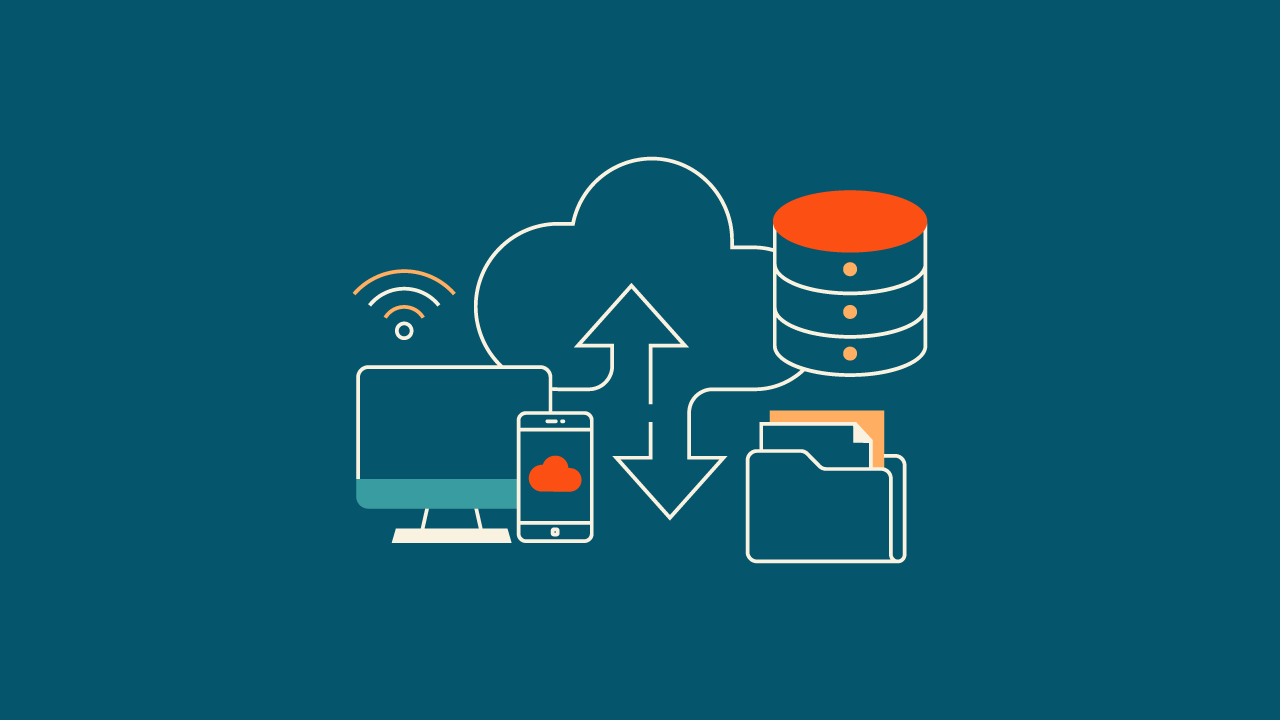Next-gen Windows 10 Cloud Backup Strategies
Proactive Saas Backup Solutions For Experts
Technologies for backup and storage are essential for protecting our digital data. It is crucial to have dependable backup and storage solutions in place in the digital age of today, where data loss can be catastrophic. The various backup and storage technologies, their advantages, and how they can safeguard your important information are all covered in this article.

- Hard disk drives ( Hdd ):
The most popular type of storage technology used by both individuals and businesses is hard disk drives. They are made up of data-storing magnetic disks that spin. Hdds are suitable for storing large amounts of data because they have high capacities and are reasonably priced. They can cause physical harm, though, and are generally slower than other technologies.
- Solid state drives ( Ssd )
Due to their quicker data transfer speeds and dependability, solid-state drives are growing in popularity. Ssds use flash memory to store data instead of moving parts like Hdds do. They become more resilient and less prone to physical harm as a result. Sds are perfect for programs like operating systems and frequently used software that need quick access to data.
Scalable Email Backup Cloud In the Cloud Era

- Storage on the cloud:
Due to its ease of use and accessibility, cloud storage has become incredibly popular in recent years. It entails keeping data on internet-accessible remote servers. Virtually limitless scalability is provided by cloud storage, which does away with the requirement for physical hardware. Additionally, it guarantees the security of your files by offering automatic backups and data redundancy.
- Network-assistant Storage ( Nas ):
A dedicated storage device that is network-connected and offers file-level access to multiple clients at once is called networked storage. Small businesses and homes that need centralized data storage and simple access can use Nas devices. They provide features like the ability to share data, access data remotely, and backup data.
- Drives for tapes:
Even though tape drives are no longer used, some industries still use them for long-term data archiving. Tape drives provide offline storage options in addition to high capacities and low cost per gigabyte. In large businesses that need secure and dependable long-term storage, they are typically used for data backup.
Cross-platform Cloud Backup India User Manual
- Using virtualization
A single physical machine can house multiple virtual machines thanks to virtualization technology. In terms of resource usage and flexibility, it provides significant benefits. Virtual environment-specific backup and storage solutions make recovery and backup efficient, ensuring business continuity.
- Replication:
Duplicate data copies are made and stored on different devices or locations as part of replication. By reducing data loss in the event of hardware failures, natural disasters, or cyber attacks, it is essential to disaster recovery. Data consistency across numerous locations is guaranteed by real-time replication.
- duplicate:
By storing only unique data blocks, duplication can be used to get rid of redundant data. It speeds up backup and recovery processes while reducing the need for storage space. Duplication technology improves storage effectiveness without compromising data integrity by locating and removing duplicate data.
Advanced Carbonite Vs Mozy Vs Backblaze Scalability Insights
- Backups that are incremental:
Only the changes made since the previous full or incremental backups are backed up when performing incremental back-ups. Backup time and storage requirements are significantly decreased by this strategy. Restoring data from incremental backups, however, might take longer because it necessitates doing so chronologically for each backup.
- Disaster Recovery Planning:
To guarantee business continuity in the event of data loss or system failures, it is crucial to have a thorough disaster recovery plan. Data backup, restoration, and continuity measures are all covered in the strategies and procedures. The disaster recovery plan's regular testing and updating aid in spotting potential flaws and guaranteeing its efficacy.
- Data encryption
Data encryption prevents unauthorized access by converting data into an unreadable format. Data confidentiality is guaranteed by the fact that only the correct encryption key can be used to decrypt encrypted data. When storing sensitive or personal information, encryption is especially important to prevent identity theft and data breaches.
Cloud-based Remote Backup And Restore Recovery Tactics
:max_bytes(150000):strip_icc()/how-to-backup-a-computer-to-an-external-hard-drive-5184117-11-73338a1b93454808a3feb155858e8a81.jpg)
- Storage Solutions for Hybrids:
Solutions for hybrid storage combine the advantages of various technologies, including cloud storage, Ssds, and hard drives. Organizations can improve performance, cost-effectiveness, and data accessibility by utilizing each technology's strengths. Intelligent data tiering is made possible by hybrid solutions, which automatically transfer frequently accessed data to more quickly held data.
- Management of the data lifecycle
The management of data over the course of its entire life cycle, from creation to deletion, is referred to as data lifecycle management. Processes like data classification, retention guidelines, and archival tactics are included. Data is efficiently stored, made available when needed, and complies with regulatory requirements thanks to effective data lifecycle management.
Key Takeaways or a related phrase
Offsite Create Online Backup Server Essentials
- Technologies for backup and storage are crucial for safeguarding digital data.
- Hard disk drives ( Hdds ) can be slower and more vulnerable to physical damage despite providing affordable, high-capacity storage.
Solid-state drives ( Ssd ) offer greater reliability and quicker data transfer speeds.
- read review Automatic backups, scalability, and convenience of cloud storage.
For homes and small businesses, network-attached storage ( Nas ) offers centralized storage and simple access.
- In some industries, tape drives are still employed for long-term data archiving.
- In virtual environments, virtualization makes backup and recovery effective.
By making duplicate copies in various locations, replication reduces data loss.
- By getting rid of redundant data, deduplication lowers the need for storage space.
By only backing up changes made since the last backup, incremental backups save time and space.
In the event of data use this link loss or system failures, disaster recovery planning ensures business continuity.
Sensitive data is safeguarded from unauthorized access by data encryption.
- To maximize performance and cost-effectiveness, hybrid storage solutions combine various technologies.
- Data lifecycle management ensures effective storage and regulatory compliance by managing data over its lifespan.